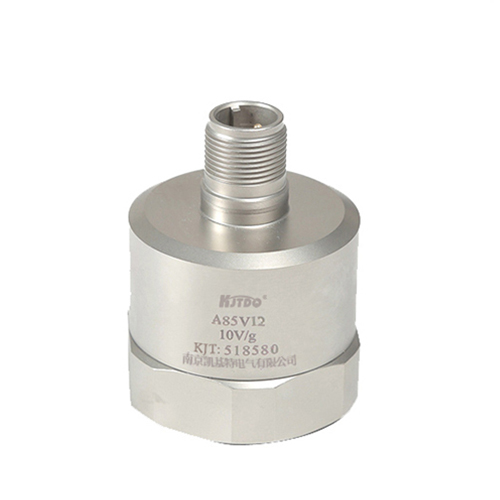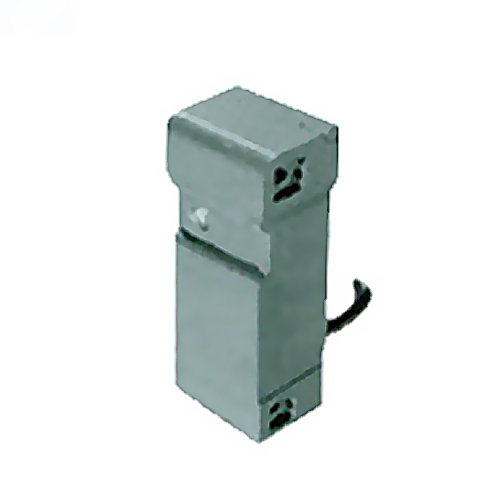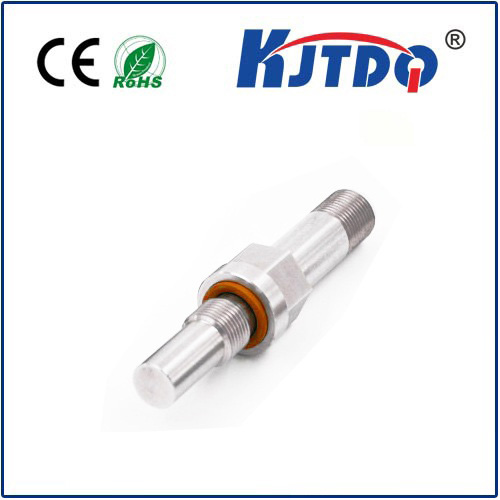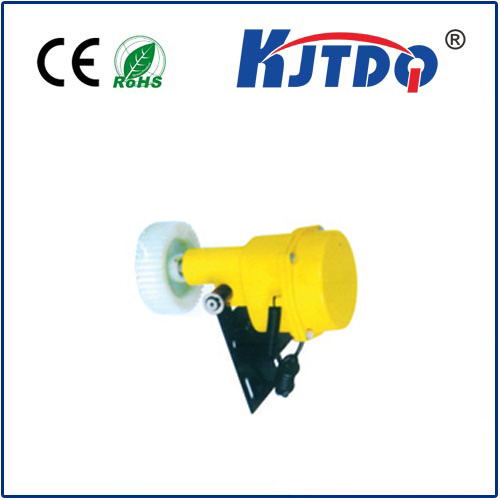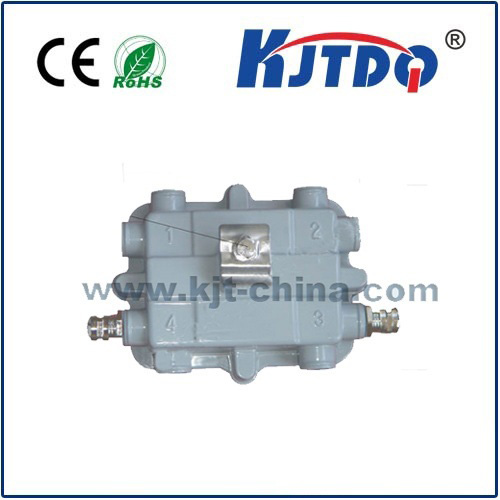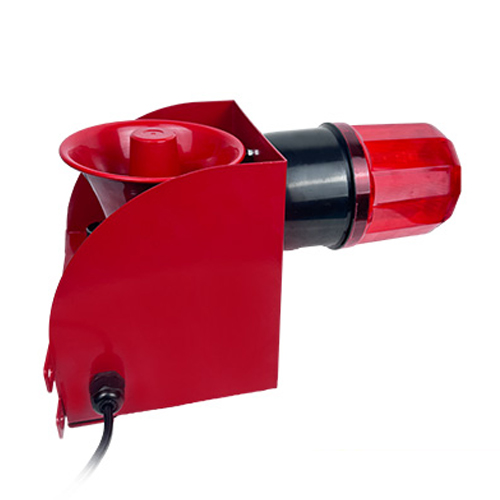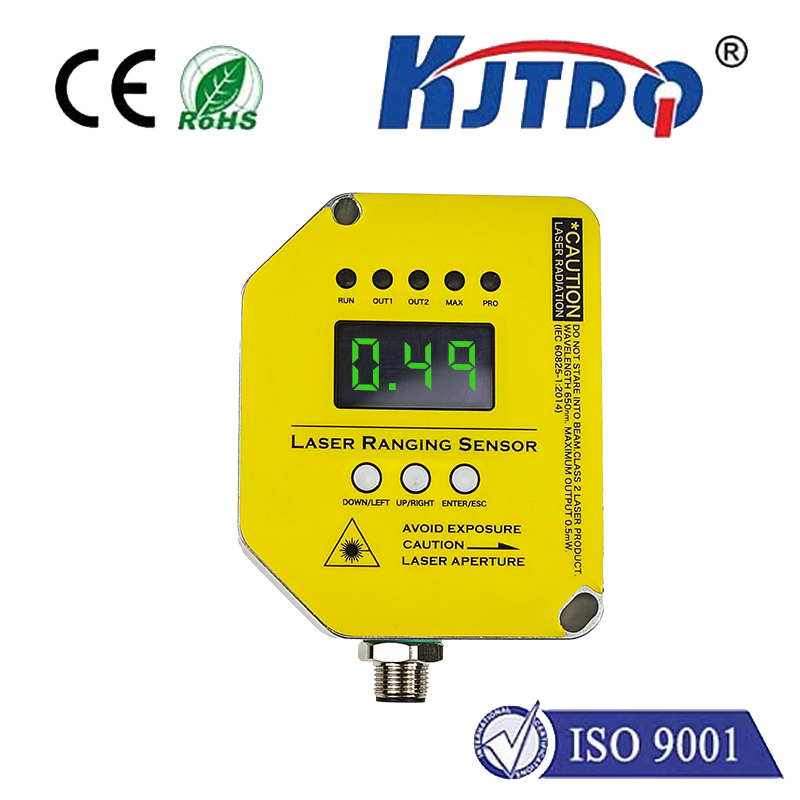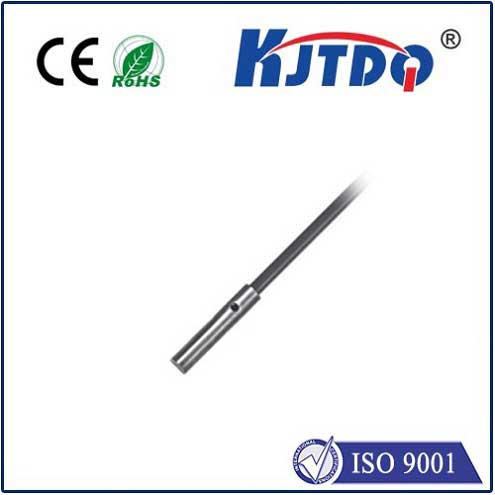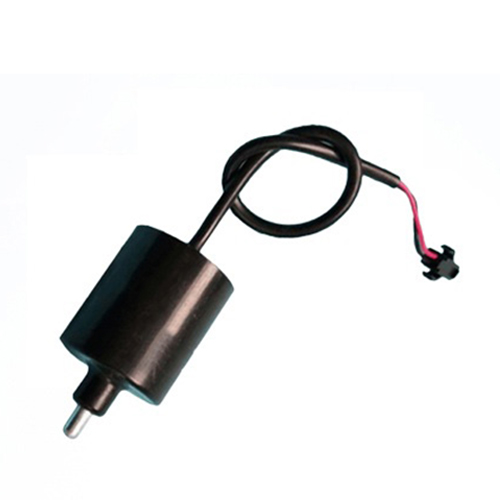

check

check

check

check

check

check

check

check

check

check
Title: Understanding the Importance of Grbl Limit Switch Status
As technology continues to evolve, so does our reliance on it. One such advancement is the use of CNC (Computer Numerical Control) machines in various industries, including manufacturing and prototyping. The heart of these machines lies in their control system, often powered by an open-source software called GRBL (Grbl Robot Language). In this article, we will delve into one crucial aspect of GRBL - the limit switch status - exploring its significance and how to effectively monitor it.
The Fundamentals: What Are Limit Switches?
Limit switches are fundamental components of any CNC machine. They function as safety devices that prevent mechanical failure or damage by restricting the machine's movement within predefined limits. In essence, they act as 'guardrails' for the machine, ensuring that the axes do not travel beyond their physical constraints.
Importance of Monitoring Limit Switch Status
Understanding the status of your limit switches in a GRBL-controlled machine is paramount. A limit switch in the wrong state can halt production, potentially causing downtime and financial loss. It also serves as an early indicator of possible hardware issues like wear and tear or misalignment, allowing for proactive maintenance.
Checking the Grbl Limit Switch Status
To check the status of your limit switches with GRBL, you can send specific commands through the console or serial interface. These commands query the state of each limit switch, providing real-time feedback. For instance, using '$H' command returns the current state of all enabled homoming switches, while '$X', '$Y', and '$Z' report individual axis states.

Interpreting Limit Switch Responses
The responses you receive from these commands help diagnose problems. For example, if you expect a switch to be triggered (indicating the end of travel) but it shows otherwise, it might indicate a problem like switch failure or wiring issues. Conversely, a triggered switch when not expected could suggest misalignment or obstruction in the path.
Troubleshooting Steps
When confronted with irregular limit switch statuses, there are several troubleshooting steps you can take:
1. Visual Inspection: Check for any visible obstructions or misalignments that might prevent the switches from operating correctly.
2. Continuity Test: Use a multimeter to test for continuity through the switch; no continuity typically points to a failed switch.
3. Check Wiring: Ensure all connections are secure and undamaged, as loose or broken wires can cause false readings.
4. Software Settings: Review your GRBL settings to confirm that the switches are properly configured and enabled in the settings.
5. Firmware Update: Sometimes updating to the latest firmware can correct bugs that may affect limit switch readings.
Best Practices for Maintenance
Regularly checking and maintaining your limit switches is crucial for preventing issues. Here are some best practices:
1. Scheduled Checks: Include limit switch checks in your routine machine maintenance schedule.
2. Lubrication: Apply lubricant where appropriate to ensure smooth movement near limit switches.
3. Cleanliness: Keep the area around limit switches clean to avoid false triggers from debris.
4. Calibration: Periodically calibrate limit switches to maintain accurate homing and travel limits.
In Conclusion
The status of your Grbl limit switches provides insight into the well-being of your CNC machine. By regularly monitoring and maintaining them, you ensure not only the longevity and safety of your machinery but also the efficiency of your production processes. Remember, a healthy set of limit switches contributes significantly to minimizing downtime and maximizing output quality.
